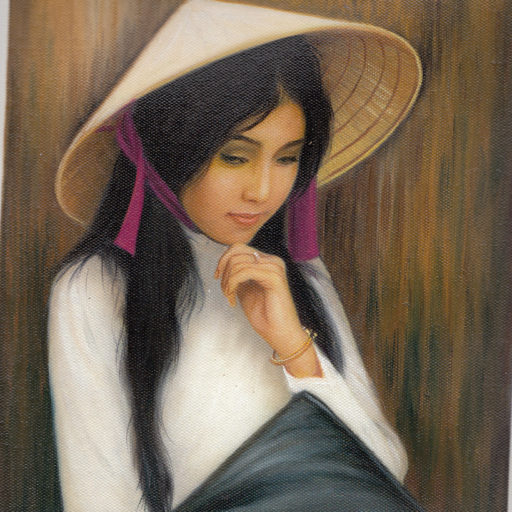The World Loves Japanese Pop Culture.
Japan’s post-war economic miracle has been largely attributed to the manufacture and export of high quality precision goods such as cameras, electronics, automobiles, and computers.
Yet in recent years, another kind of export has gained ground: Japanese popular culture. The films of Hayao Miyazaki and the novels of Haruki Murakami are good examples of commodities that enjoy global popularity.
Japanese manga, while maybe not as popular as anime, do have a strong following. Certainly the characters who populate the world of Japanese anime and video games are familiar to nearly all American children.
In short, the somewhat threatening image of Japan as “Number One” of the 1980s has given way to the notion of “Cool Japan” in the new millennium.
The origins of Japanese manga and anime are said ti lie in Edo-era woodblock prints(mokukanga) like those of Hokusai.
Some people even see similarities in the picture scrolls(emakimono) of 9th century.
Yet in fact, to a large extent , the manga may be an example of something foreign that was borrowed and then modified beyond recognition.
The prevailing manga style we know today, featuring cute characters with saucer eyes, was established in the postwarera by Osamu Tezuka, who was strongly influenced by Disney animation as well as the many American comic that were introduced to Japan during the Occupation.
Tezuka took the American-style “gag” cartoon and comic book and developed them into the “story” manga, which could sometimes go on for thousands of pages.
In addition, he drew from French and German cinematic techniques-such as alternating close-ups with long shots adopting a variety of angles, and using multiple frames to show movement or changes in facial expression-to create a distinct style of his own.
And yet Japanese graphic arts surely owe much of their popularity to their ability to evoke a fantasy world unlike any other.
Not surprising, given that Japanese artists come from a cultural heritage that sees a blurred line between the natural and the supernatural world.
In addition, they exhibit the Japanese tendency to pay attention to minute detail.
But what often goes unnoticed as a factor in the huge consumption of manga and anime worldwide is their very lack of conspicuous Japanese features.
Animal characters like Hello Kitty or Pokemon bear little trace of coming from Japan. The same can be said of the most beloved of all Japanese characters,the Super Mario Brothers, are(for whatever reason) Italian !
It is a pity that anime characters like Sazae-san,Kureyon Shin-cha, or Chibimaruko-chan are simply too imbued with Japanese cultural traits to make it big overseas.
Given the aging of the target audience of manga and anime in Japan, as well as the gradual migration of animation and gaming to the Internet, Japan’s visual entertainment industry faces many challenges. It will be interesting to see how the industry will transform itself in the years to come.
Part 2. The World Loves Japanese Pop Culture.
 自己学習
自己学習
コメント